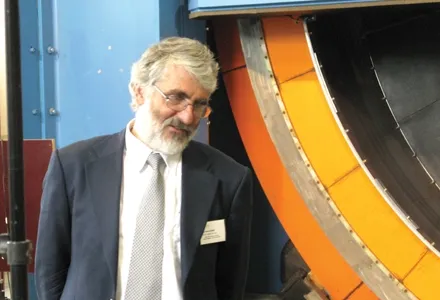Capita Symonds’ Technology team has been appointed by the UK’s Highways Agency (HA) to provide three regional training venues which will ensure that HA traffic officers returning to work after a period of absence are fully conversant with the latest procedures/practices for a live motorway environment. The centres include a ‘mock motorway’ comprising a white lined, four lane carriageway used to simulate the unique pressures of an average motorway. The centres will also provide classroom facilities to enable
April 26, 2012
Read time: 1 min
This is the second project that Capita Symonds’ Technology team has won since it was appointed to the Traffic Officer Training Framework, which is used to procure all health and safety training for the traffic officer service, last year.









